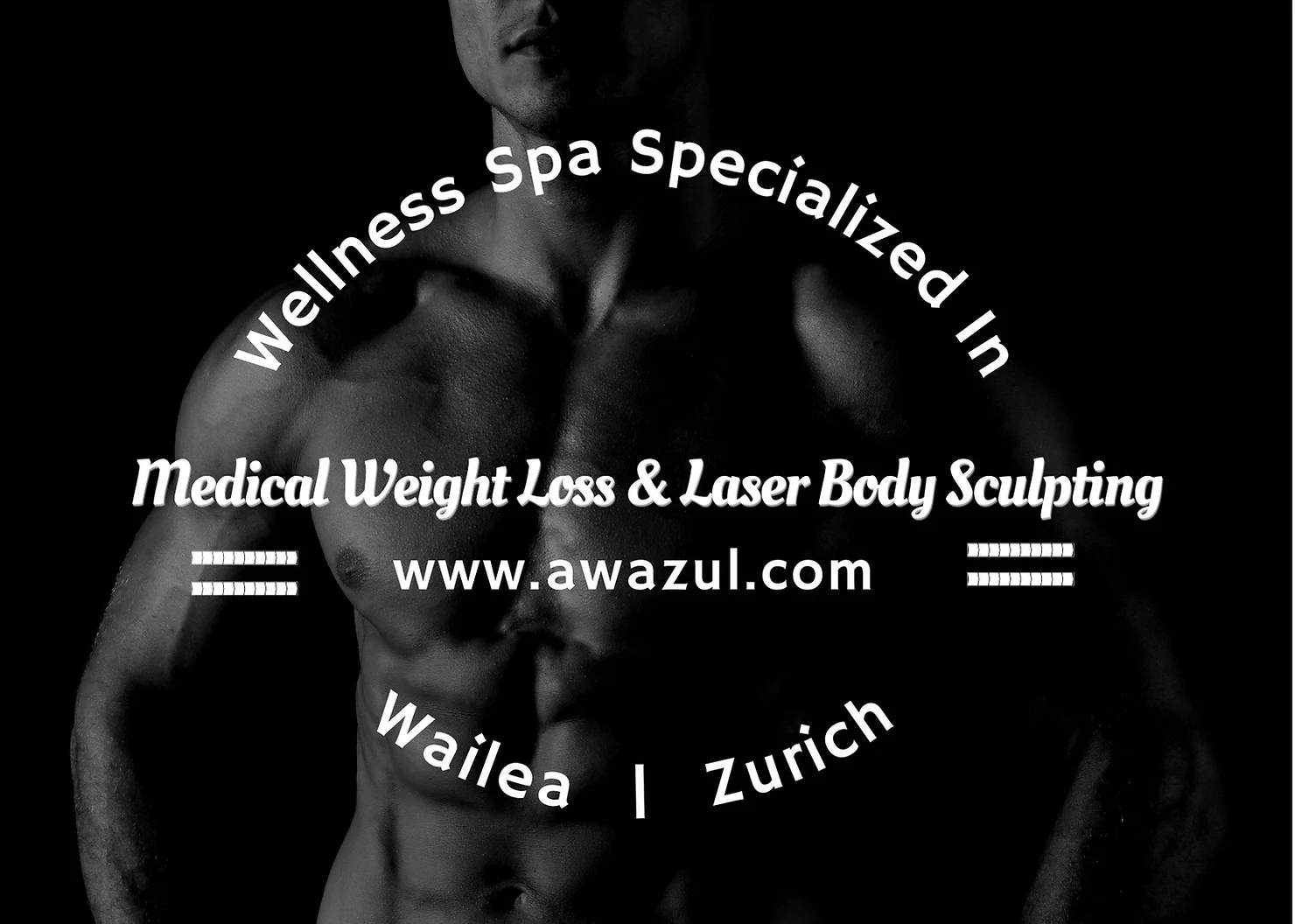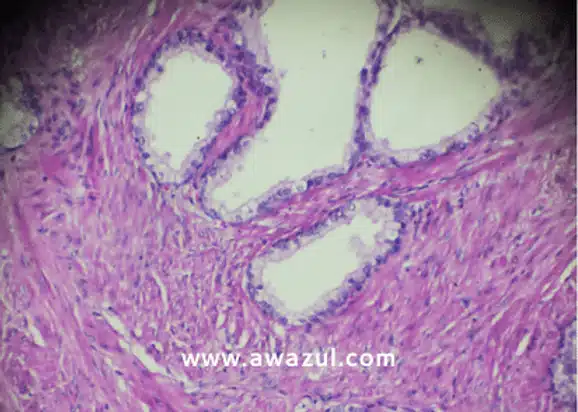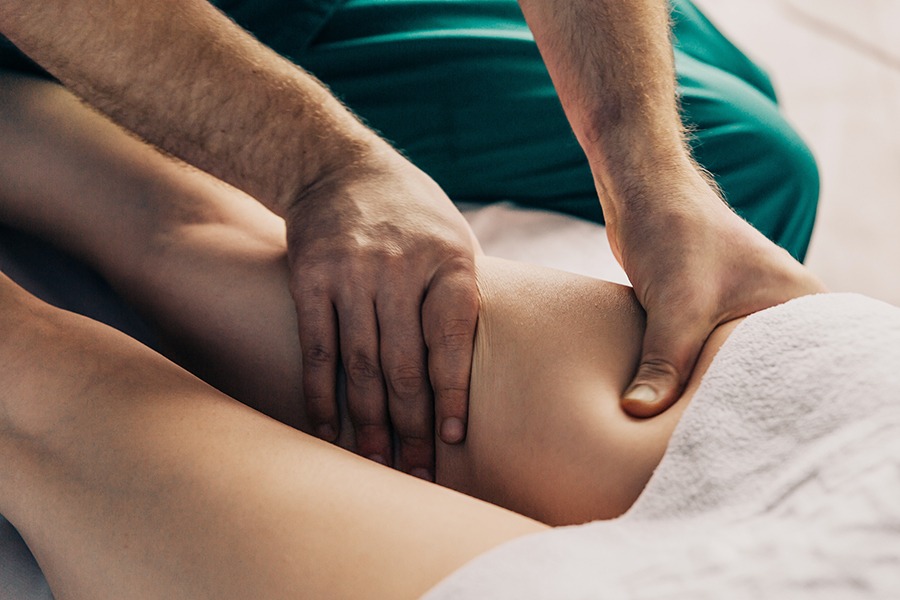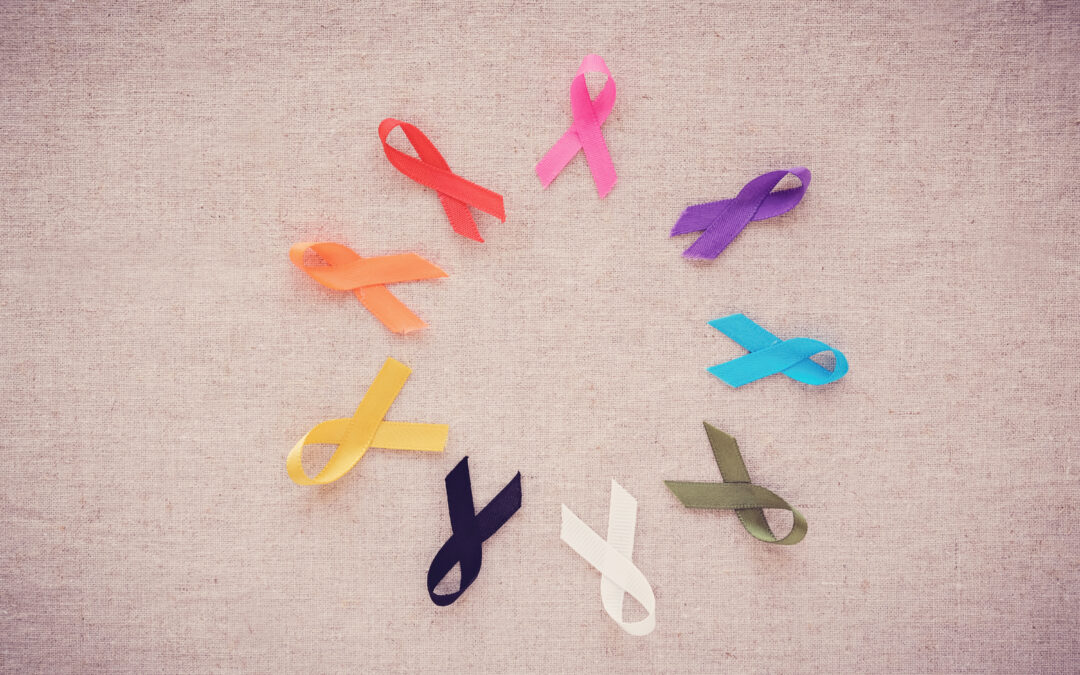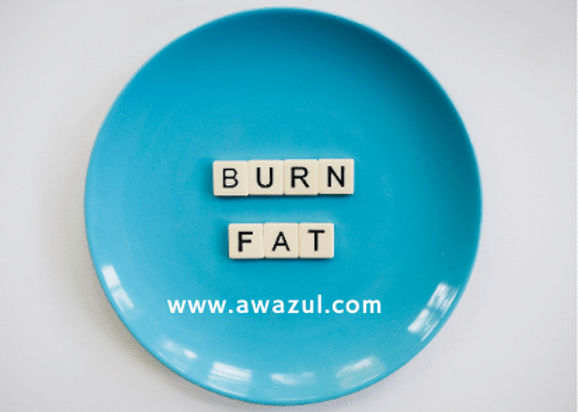Cryolipolysis (commonly known as cool sculpting) ( also different from cryo therapy) is a noninvasive cosmetic procedure that eliminates excess fat by freezing it. But a complication called paradoxical adipose hyperplasia (PAH) -a hardened enlarged area of localized fat developing after cryolipolysis — may be more common than previously thought, suggests a paper in the July issue of Plastic and Reconstructive Surgery®, the official medical journal of the American Society of Plastic Surgeons (ASPS).
Paradoxical adipose hyperplasia has been reported by the manufacturer as a rare adverse event after cryolipolysis. In this condition, the treated area becomes larger rather than smaller in the weeks after the procedure, leaving a “painless, visibly enlarged, firm, well-demarcated mass” under the skin. Based on data from the manufacturer of the cryolipolysis equipment, PAH has been estimated to occur in 1 out of every 4,000 treatment cycles, for an incidence of 0.025 percent. However, the authors describe their experience with 11 patients with PAH. The authors note that their experience of 15 PAH events in six patients represents a much higher incidence: 0.72 percent, or about 1 out of every 138 cryolipolysis treatments.
While PAH can be treated successfully with liposuction, patients must wait a few months before treatment, according to the study, led by ASPS Member Surgeons Michael E. Kelly, MD, and Jose Rodríguez-Feliz, MD, of Miami Plastic Surgery. PAH after Cryolipolysis May Not Be a ‘Rare’ Complication
Drs. Kelly and Rodríguez-Feliz and colleagues share their experience in managing patients with PAH after cryolipolysis: an FDA-approved procedure that works by destroying cold-sensitive subcutaneous fat cells. It has become a popular technique for treating problem fat areas such as belly fat and “love handles.”
Most patients needed liposuction only; one patient had liposuction combined with an abdominoplasty (“tummy tuck”) procedure. The patients had to wait several months for treatment. That time is needed for the fat in the area of PAH to soften; otherwise, there is a risk that PAH could recur. In some cases, more than one liposuction treatment was needed.
Drs. Kelly and Rodríguez-Feliz and colleagues acknowledge that it’s “very upsetting” for patients who initially sought a noninvasive fat reduction procedure to be faced with the need for an invasive procedure (liposuction) to correct the problem. Two patients with PAH refused further treatment, even though the treatment costs were covered by the manufacturer of the cryolipolysis equipment.
Patients are “initially aggravated by the delay and require continuing reassurance that the problem will ultimately be resolved,” the authors note. “Counseling is extremely important during this waiting period.” The need for further study to clarify the incidence of PAH after cryolipolysis, to identify possible risk factors, and to evaluate the long-term outcomes of liposuction to correct the problem is clear.
Please be aware that just because a treatment is popular or has great advertising, it doesn’t mean it is actually the best treatment available. Selecting the right treatment for a patient that seeks a non-invasive option requires expertise as well as the availability of different modalities.
Be safe out there everyone!
